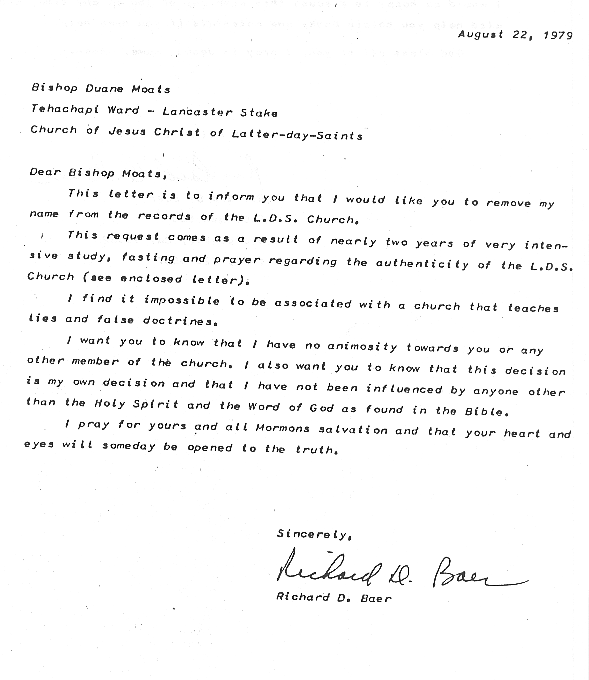Type classification of anomalous pancreaticobiliary.
The main pancreatic duct (dotted arrow) was also dilated with intraductal filling defects representing stones (thin white arrow). The bile duct was seen joining the pancreatic duct anomalously at an acute angle with a long common channel of approximately 20 mm in length (thick arrow) consistent with anomalous pancreaticobiliary junction (APBJ).
The most accepted classification of various types of anomalous pancreaticobiliary junction is the new Komi classification. The majority of cases of type III anomalous pancreaticobiliary junction are reported from Japan and very seldom from outside Japan.

Using MR Cholangiopancreatography to Reveal Anomalous Pancreaticobiliary Ductal Union in Infants and Children with Choledochal Cysts Myung-Joon Kim 1, Seok Joo Han 2, Choon Sik Yoon 1, Joo Hee Kim 1, Jung-Tak Oh 2, Ki Sup Chung 3 and Hyung Sik Yoo 1.

Pancreaticobiliary maljunction (PBM) is a congenital anomaly defined as a junction of the pancreatic and bile ducts located outside the duodenal wall, usually forming a markedly long common channel.4, 5 PBM can be divided into PBM with biliary dilatation (congenital choledochal cyst (CCC)) and PBM without biliary dilatation ().Bile duct diameter more than 10 mm measured by cholangiography is.

The most widely accepted classification scheme for cysts of the extrahepatic bile ducts (choledochal cysts) was proposed initially in 1959. It was expanded in 1977 to include intrahepatic cysts and further refined in 2003 to incorporate the presence of an abnormal pancreaticobiliary junction (APBJ).
Background: Anomalous pancreaticobiliary ductal junction (APBDJ) is believed to be one of the risk factors for gallbladder carcinoma. The present study aims to delineate the gallbladder carcinoma characteristics associated with APBDJ. Patients and methods: Patients with gallbladder carcinoma associated with APBDJ between August 1992 and.

Anomalous junction of pancreaticobiliary ducts is a condition in which the pancreatic duct and the bile duct join outside the duodenal wall with a long common channel.

Anomalous pancreaticobiliary ductal junction (APBDJ) is believed to be one of the risk factors for gallbladder carcinoma. The present study aims to delineate the gallbladder carcinoma.

Background: Anomalous pancreaticobiliary junction (a long common channel) is associated with choledochal cyst or biliary malignancy. We conducted a prospective study to assess the diagnostic value of endoscopic ultrasonography for anomalous pancreaticobiliary junction.

Pancreaticobiliary maljunction is a congenital malformation in which the pancreatic and bile ducts join outside the duodenal wall, usually forming a long common channel. Because the action of the sphincter of Oddi does not regulate the function of the pancreaticobiliary junction in patients with pancreaticobiliary maljunction, two-way regurgitation.

Context Anomalous junction of pancreaticobiliary ducts is a condition in which the pancreatic duct and the bile duct join outside the duodenal wall with a long common channel.The most accepted classification of various types of anomalous pancreaticobiliary junction is the new Komi classification. The majority of cases of type III anomalous pancreaticobiliary junction are reported from Japan.

BACKGROUND: Anomalous pancreaticobiliary junction is often associated with biliary tract carcinoma and acute pancreatitis. We assessed the value of image analysis in the diagnosis of patients with anomalous pancreaticobiliary junction (APBJ) and the principles for the treatment of APBJ.

Type I cysts or classical choledochal cysts are restricted to extrahepatic bile ducts, and are further subdivided into three cyst subtypes as follows: Ia (diffuse) - diffuse dilatation of the choledochal duct and expansion through extrahepatic bile ducts (Figures 2 to 5); Ib (focal) - focal dilatation of the choledochal duct, with no anomalous pancreaticobiliary junction; Ic (fusiform.


